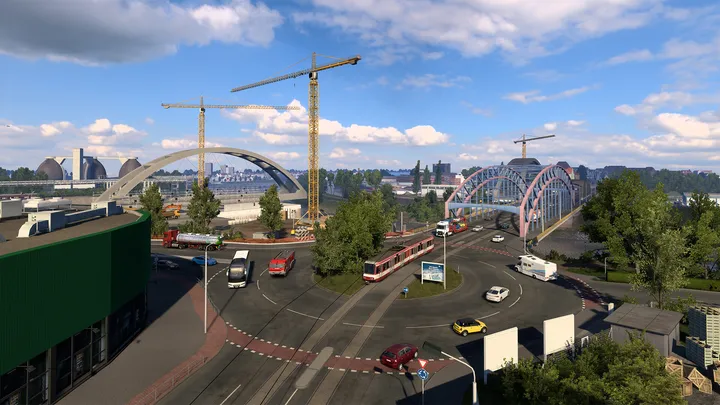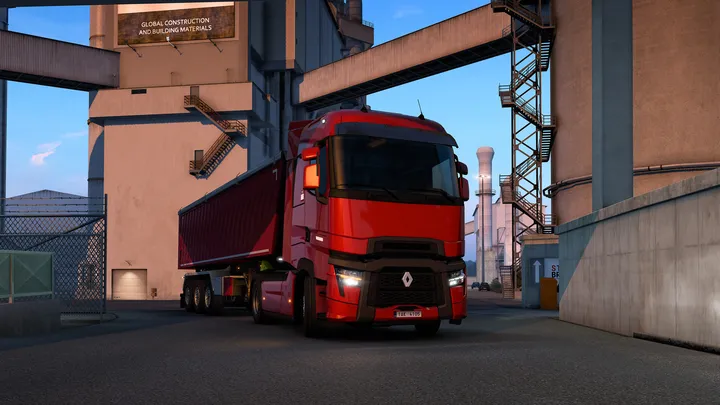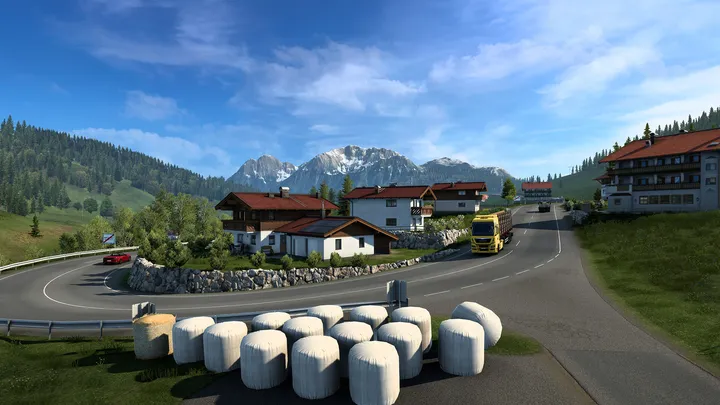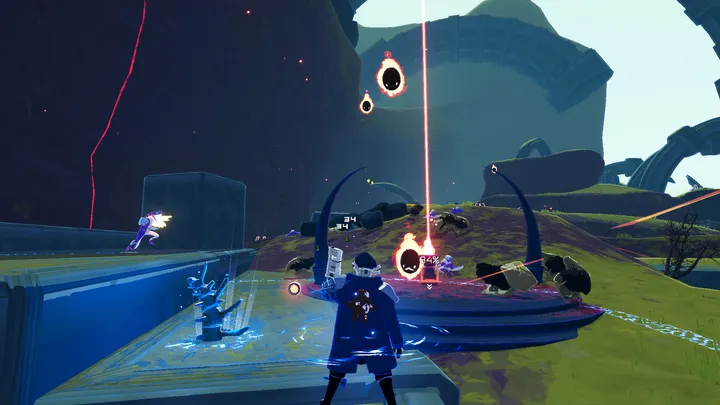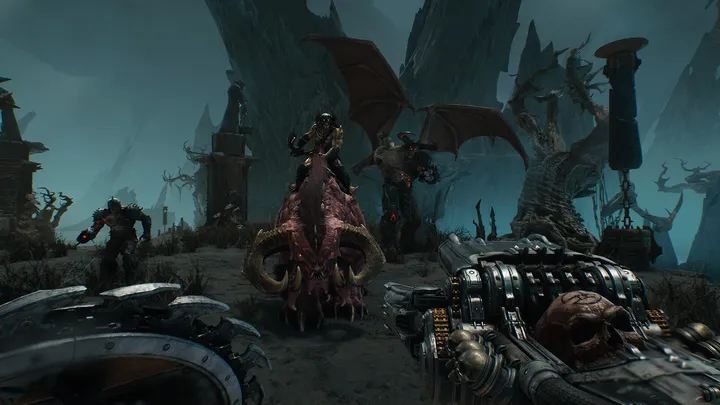Euro Truck Simulator 2 (ETS2) has become an iconic simulation game, but what makes it truly engaging is not only driving trucks across European roads. At its core lies a complex challenge that balances business strategy, time management, and realistic driving skills. This article explores a central issue: how ETS2 immerses players in both driving and logistics management, creating a simulation that tests reflexes, planning, and adaptability.
1. Beginning the journey: from basic driving to freight management
Players start with a basic truck, minimal capital, and a few small contracts, providing an introduction to driving mechanics, vehicle handling, and the game interface. The early stages are designed to teach safe driving practices, such as turning, braking, and gear shifting.
Even at this stage, ETS2 challenges players to balance speed with caution, because accidents or damage reduce profits. Choosing efficient routes and understanding vehicle limits introduces players to the strategic layer beyond basic driving.
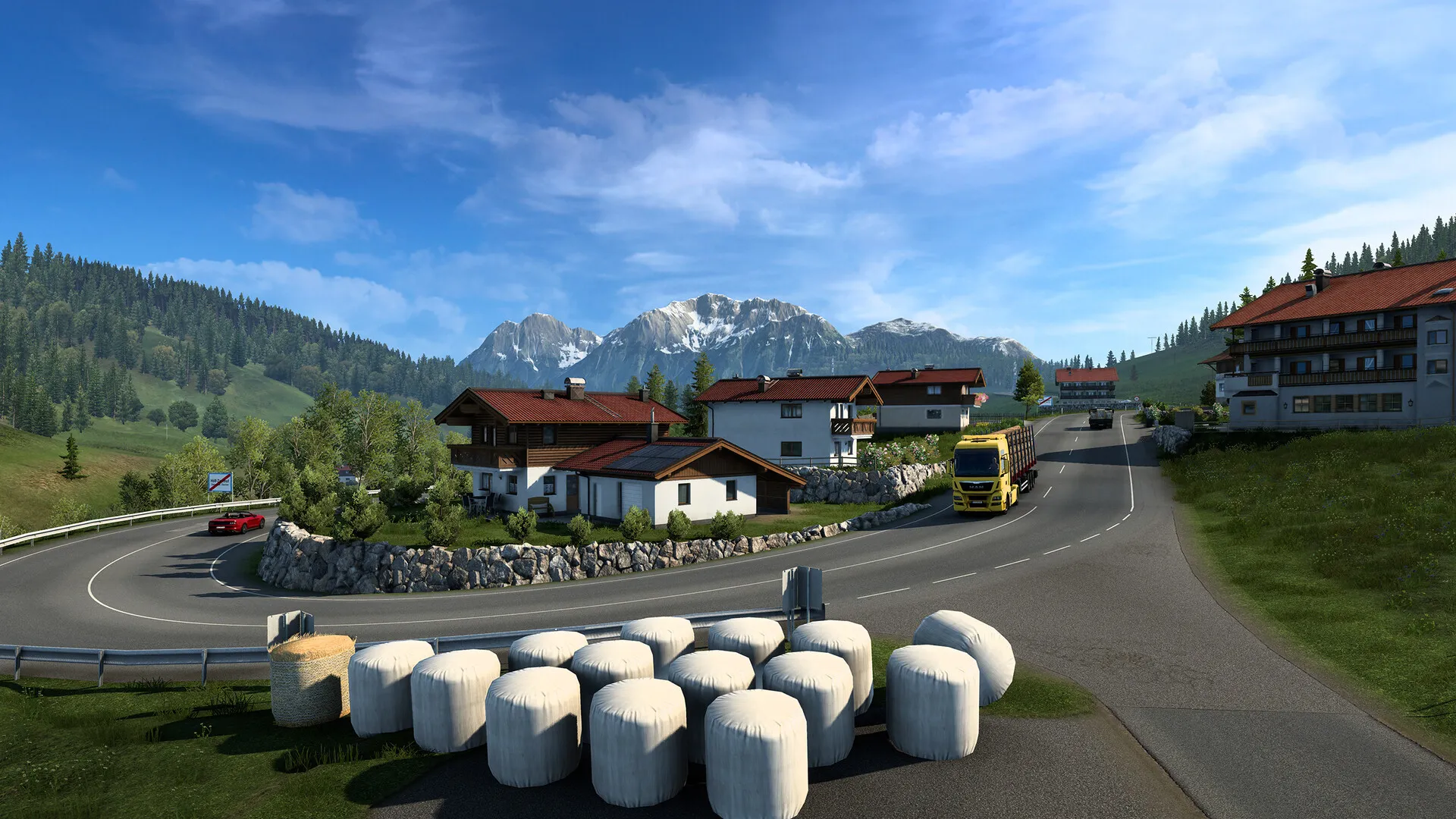
2. Terrain and weather: real-world driving challenges
ETS2’s map accurately reproduces European landscapes, including highways, rural roads, cities, and industrial zones. Dynamic weather systems such as rain, fog, snow, and even night driving reduce visibility and affect road traction, requiring continuous attention.
Gameplay implications
Players must adjust speed, select appropriate routes, and account for braking distance. Weather conditions often force improvisation; for example, slippery roads can make long trucks swing during turns, creating realistic challenges that test both reflexes and planning.
3. Time management and contracts
Time is critical. Each delivery has a strict deadline, and missing it results in penalties and reduced reputation. Players must decide which contracts to accept based on distance, cargo type, truck performance, and road conditions.
Optimization strategies
Planning rest breaks, refueling stops, and maintaining a balance between speed and safety becomes a key gameplay element. Choosing whether to take a long, high-paying contract or multiple smaller, easier ones is a constant strategic decision.
4. In-game economy: from driver to entrepreneur
ETS2 is as much about business as driving. Players manage finances, purchase new trucks, hire drivers, and expand their companies. Strategic investment in garages, vehicle upgrades, and logistics planning is required to maximize profits.
Impact on gameplay
The economic system ensures that gameplay is never monotonous. Every choice—whether hiring a new driver or upgrading a truck—carries long-term consequences, making the player think like a CEO as well as a driver.
5. Traffic and regulations: realistic driving experience
European traffic rules, including speed limits, traffic lights, and weight restrictions, are strictly enforced in the game. Violations result in fines, which impact profit margins.
Combining driving skill and rules
Players must navigate highways, narrow streets, and urban intersections while maintaining legal compliance. These mechanics create a realistic driving challenge that merges reflex-based gameplay with strategic route planning.
6. Fuel and operational costs
Fuel consumption, maintenance, and vehicle wear are critical resources. Players must plan refueling stops, monitor fuel efficiency, and schedule repairs to avoid unexpected breakdowns mid-route.
Impact on gameplay
Managing operational costs adds a realistic financial dimension, forcing players to optimize routes, balance speed with fuel efficiency, and maintain their fleet proactively.

7. Multiplayer and community
ETS2 supports multiplayer, allowing players to form convoys, share contracts, and complete joint deliveries. The community-driven servers provide cooperative challenges and competitive objectives.
Collaboration challenges
Players must coordinate effectively, plan delivery sequences, and communicate during convoy runs. Multiplayer adds a social and strategic layer, enhancing the realism of fleet operations.
8. Modding and creativity
The ETS2 modding community adds trucks, maps, cargo types, and improved physics. Mods keep the game fresh and allow players to explore unique scenarios.
Impact on gameplay
Adapting to modded vehicles or altered maps encourages creativity and problem-solving, enhancing long-term engagement and replayability.
9. Endgame challenges
After unlocking the full map and upgrading fleets, players face more complex logistics, heavier cargo, and tighter deadlines. Special contracts require precise timing, route optimization, and careful fuel management.
Long-term strategy
Endgame challenges test planning, risk management, and efficiency, emphasizing that ETS2 is not just a casual driving simulator but a strategic logistics simulator.
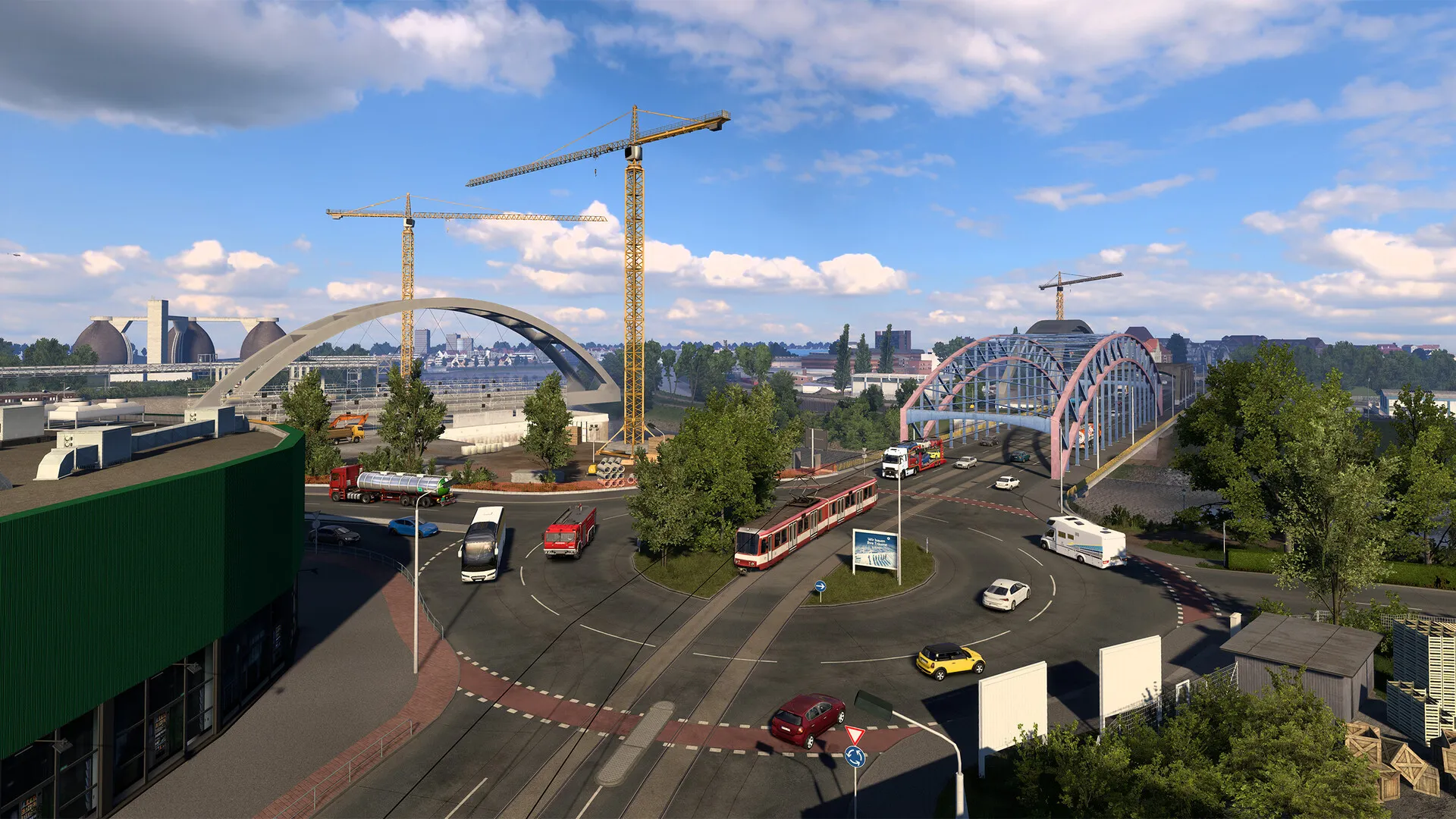
10. Conclusion
Euro Truck Simulator 2 is a comprehensive simulation blending driving, management, strategy, and realism. Players experience vehicle handling, company operations, risk management, and resource optimization. Its depth ensures longevity, making it a game that challenges both mental strategy and driving skills.









